Frequently asked questions
Where does the milk you use to make cheese come from ?
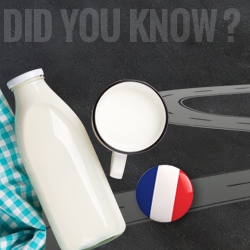
The milk used to make Entremont cheese is exclusively from French producers. Entremont belongs to the Sodiaal Group which has implemented a strict quality policy: La Route du lait. This quality policy ensures that milk retains its quality during transport.
What is the principle of a cooperative ?
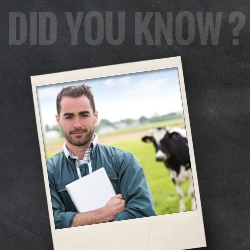
Sodiaal is a cooperative, i.e. an organisation governed by 13,200 producers who are, in a way, "the cooperative's shareholders". Each member producer has one voice to participate in electing representatives and can take a role in managing the organisation.
Why are there holes in Emmental cheese ?
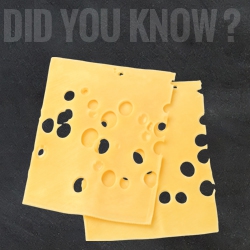
Emmental wheels are matured in several cellars at different temperatures. The openings (or holes) form when the cheese is moved to warm cellars (20-25°C). The bacteria release carbon dioxide in the warm atmosphere. This is called fermentation. As the gas cannot escape through the rind which is impermeable, it forms holes.
How many dairy products should I eat every day ?
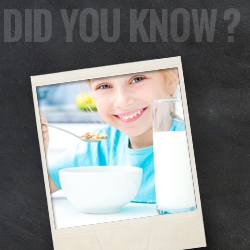
The PNNS (French national nutrition and health programme) recommends three dairy products a day for adults and four for children, teenagers, and seniors.
A dairy product corresponds to:
- 1 yoghurt (125g)
- 1 small pot of soft white cheese (100g)
- 2 petits suisses (60g)
- 30g of cheese
- 1 glass of milk
Ideally, you should vary the different diary products. For example, a glass of milk in the morning, a portion of cheese at lunchtime, and a yoghurt or soft white cheese after dinner.
What does "pasteurised milk", "thermised milk", and "raw milk" mean ?
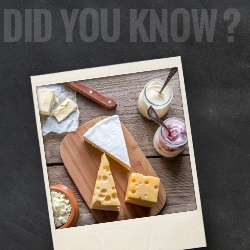
Pasteurised milk has been pasteurised, i.e. heat treated at a high-temperature for a given time to prevent the presence of certain bacteria. Thermised milk has not been pasteurised but it has been heated up to a high temperature. This is an intermediary treatment between raw and pasteurised milk. Raw milk has not been heat treated which allows it to develop more subtle aromas and flavours.
Can pregnant women eat cheese made from raw milk ?
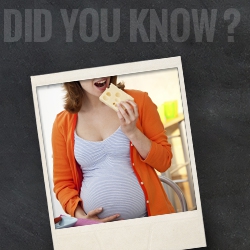
They are two main types of cheeses made with raw milk: hard pressed cheese made from raw milk (Emmental Grand Cru, Comté, Beaufort, etc.) and soft rind-washed cheeses made with raw milk (Raclette made with raw milk, Morbier, Ossau-Iraty, Camembert AOC, Roquefort, etc.).
Hard pressed cheeses made from raw milk do not present any health risk for pregnant women as they are cooked at over 50°C for a long period of time which destroys almost all potentially harmful germs.
Soft rind-washed cheeses made with raw milk have a higher risk, even if it is extremely low, because of all the hygiene precautions taken both upstream (breeding and milk collection) and at the cheese plant. This type of cheese made with raw milk is not recommended for pregnant women as their immune systems are weakened.
Can cheese be eaten after the BBD ?
The BBD means "best before date" and represents the date until which the product retains its organoleptic qualities (appearance, colour, taste) as well as its nutritional and functional qualities without significant degradation.
With regards to unopened products, if storage conditions throughout the supply chain have been complied with, an additional one or two weeks will not cause significant degradation in the product. Note, the smell and flavour of products, such as Comté, Beaufort, and Cantal cheese, can become very strong.
With regards to products that have been opened, they must be eaten over the next few days, usually five days, even if the BBD is not close.
Can you freeze cheese ?
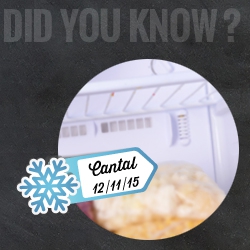
Yes, you can freeze cheese. However, usual good practices of freezing and thawing should be followed, i.e. only freeze fresh products (in apparent good state of freshness and packed tightly), avoid prolonged freezing beyond six months and thaw in the refrigerator or directly when cooking. Note that hard pressed cheese freeze better than soft rind-washed cheese which have a higher risk of textural and organoleptic degradation.

Share